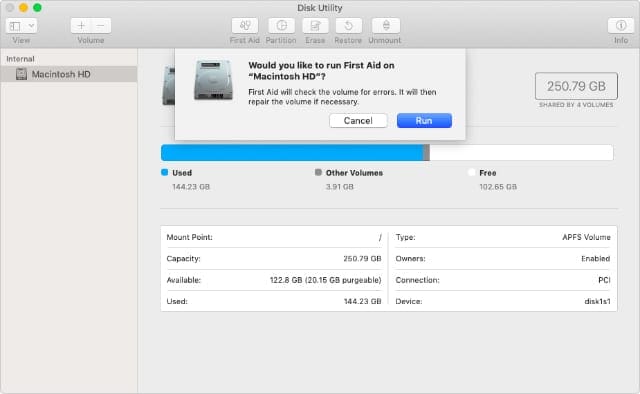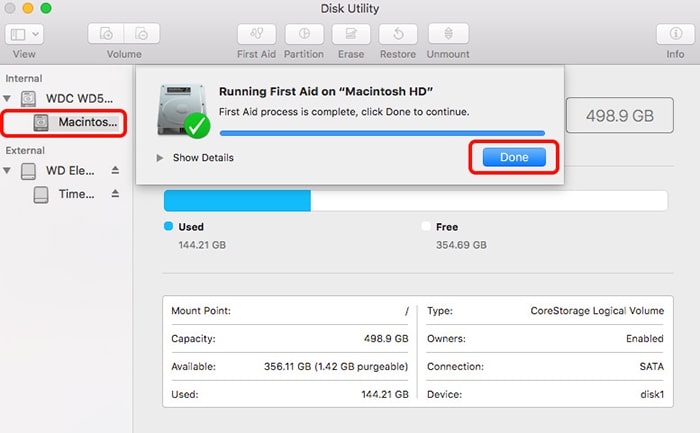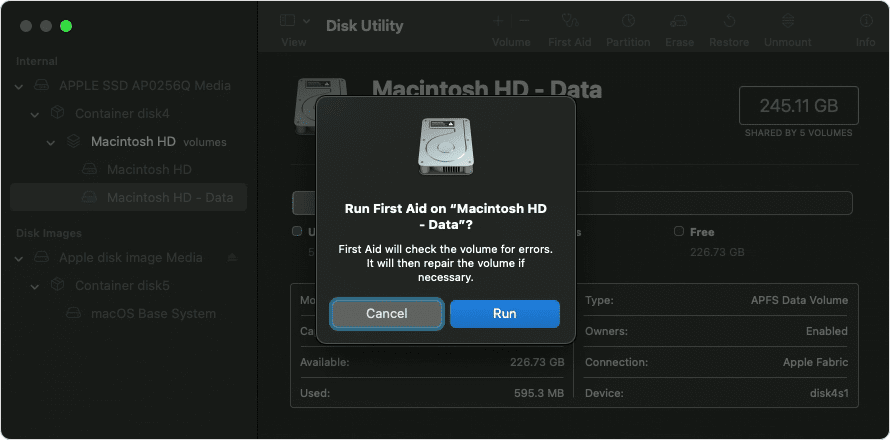

#OPEN DISK UTILITY AT STARTUP MAC#
Make sure your Mac is using the right startup disk by going to System Preferences via the Apple menu. Then power your Mac back up and immediately press Option + Command + P + R.

To reset NVRAM, simply turn off the laptop by clicking the Apple menu and selecting Shut Down. That includes basic booting info, so resetting it can help solve the flashing question mark folder issue if it appears for a brief moment and your Mac proceeds to boot. NVRAM is a type of memory that retains data without power supply. Try these two fixes that can help solve the issue. If the flashing Mac folder with question mark only appears when you boot your device, it means your Mac is looking for a bootable volume because the default one isn’t set right. There are two scenarios you can encounter when it comes to a Mac flashing folder with the dreaded question mark – you can see it briefly and your Mac proceeds to load or the flashing question mark folder persists and that’s all you see on your screen.
#OPEN DISK UTILITY AT STARTUP MAC OS#
This can also mean there’s no Mac OS on the designated startup disk. If when booting your Mac you see a flashing folder with a question mark on it, that’s a sign your laptop can’t find a startup disk. If this answer is acceptable please remember to return and mark it.Make your Mac fast and secure with CleanMyMac X. If thats the case only someone with a working Mac or an Apple Genius can help you. If you halt this process you can really screw things up (from some of your description you may have already don this). When fsck reports that your volume is OK, type reboot at the prompt and then press Return.Īt reboot if you see a dark elliptical progress bar that suddenly disappears and/or hear a tone DO NOTHING for a hour. Important: If this message appears, repeat the fsck command you typed in step 2 until fsck tells you that your volume appears to be OK (first-pass repairs may uncover additional issues, so this is a normal thing that happens). If fsck found issues and has altered, repaired, or fixed anything, it will display this message:

I transferred my old files from my old MacBook to the new MacBook through the migration program. I would reboot to get the programs to work. Then when I attached a file to Outlook that program froze. The problem began when programs started to freeze. I have the newest operating systems in both computers. I bought the new MacBook to replace the 2011 one due to the spinning wheel issue.


 0 kommentar(er)
0 kommentar(er)
